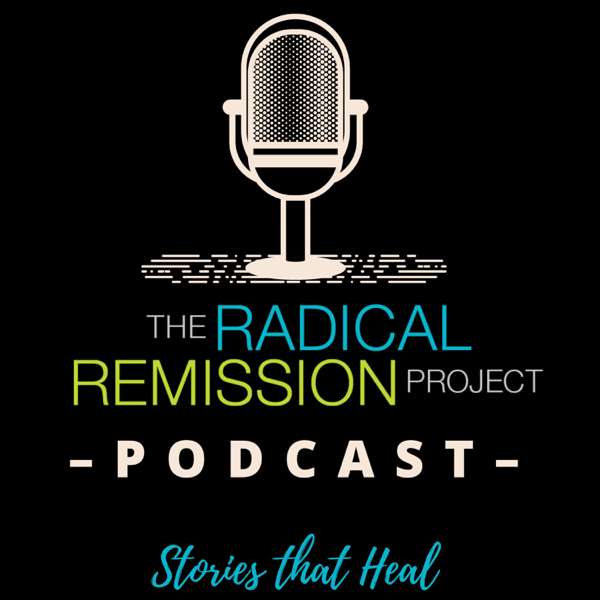From the waterfall screensaver to the dripping office sink, plenty of things can affect your bladder — and make you realize you need to go. But have you ever felt like your bladder is full, yet nature won’t take its course?
The problem could be urinary retention. For many, it manifests as a full bladder that just won’t let you go, or feeling like you need to pee but come up empty.
Think of your bladder like a balloon located in your lower abdomen. The bladder “neck” resembles the opening where you blow air into a balloon. For urine to empty, your bladder muscles contract while the bladder neck and urethra relax. If your bladder muscles are weak or you’re experiencing poor nerve signals, you may have issues.
And, as you age, health conditions and medications play a role. Research shows men can experience trouble because of an enlarged prostate blocking the flow of urine. Women, on the other hand, might have difficulty due to nerve issues or a cystocele (sih-stuh-seel), also known as a dropped bladder.
Pills for allergies or a cold, such as decongestants and antihistamines, can also contribute to slowing — or even stopping — urine.
So, what can you do? Stay in tune with your body and pay attention to subtle changes, like a weaker stream, straining or frequent nighttime walks to the bathroom. And, of course, staying hydrated is important.
Ultimately, while uncomfortable, these aren’t usually a major health concern. But if you find you can’t urinate at all, or your bladder’s fullness frequently reaches the point of pain, head to the nearest doctor — assuming you don’t need a bathroom first.
Sometimes, it’s an emergency because you’re not about to pee.

 Our TOPPODCAST Picks
Our TOPPODCAST Picks  Stay Connected
Stay Connected


 [egg-ZOLT], or fluralaner [FLEUR-ah-lah-ner] oral solution, for the treatment and control of northern fowl mites in laying hens and replacement chickens. It’s the first FDA-approved product for this problem as well as the first oral parasiticide that targets northern fowl mites in poultry.
[egg-ZOLT], or fluralaner [FLEUR-ah-lah-ner] oral solution, for the treatment and control of northern fowl mites in laying hens and replacement chickens. It’s the first FDA-approved product for this problem as well as the first oral parasiticide that targets northern fowl mites in poultry.




